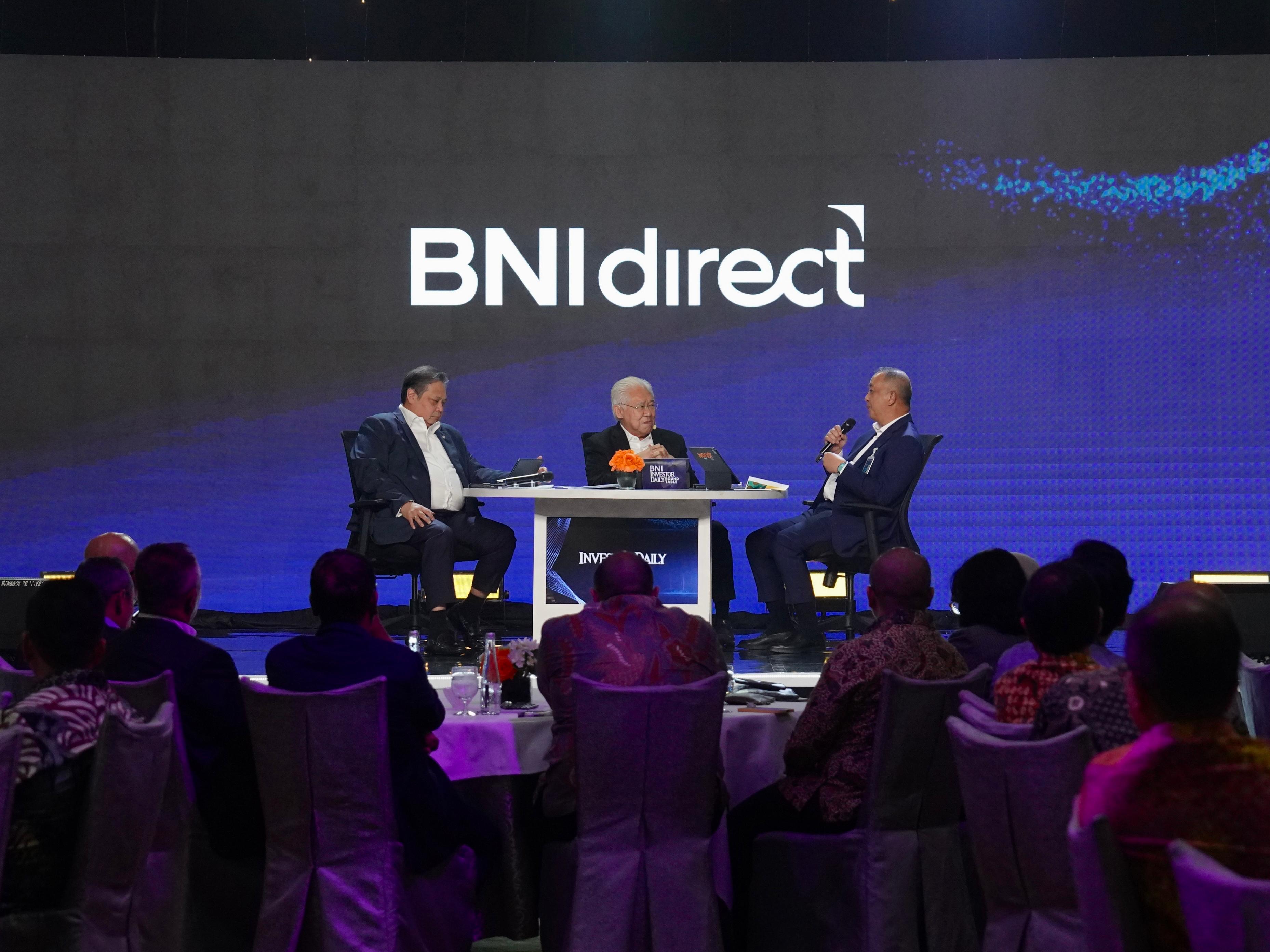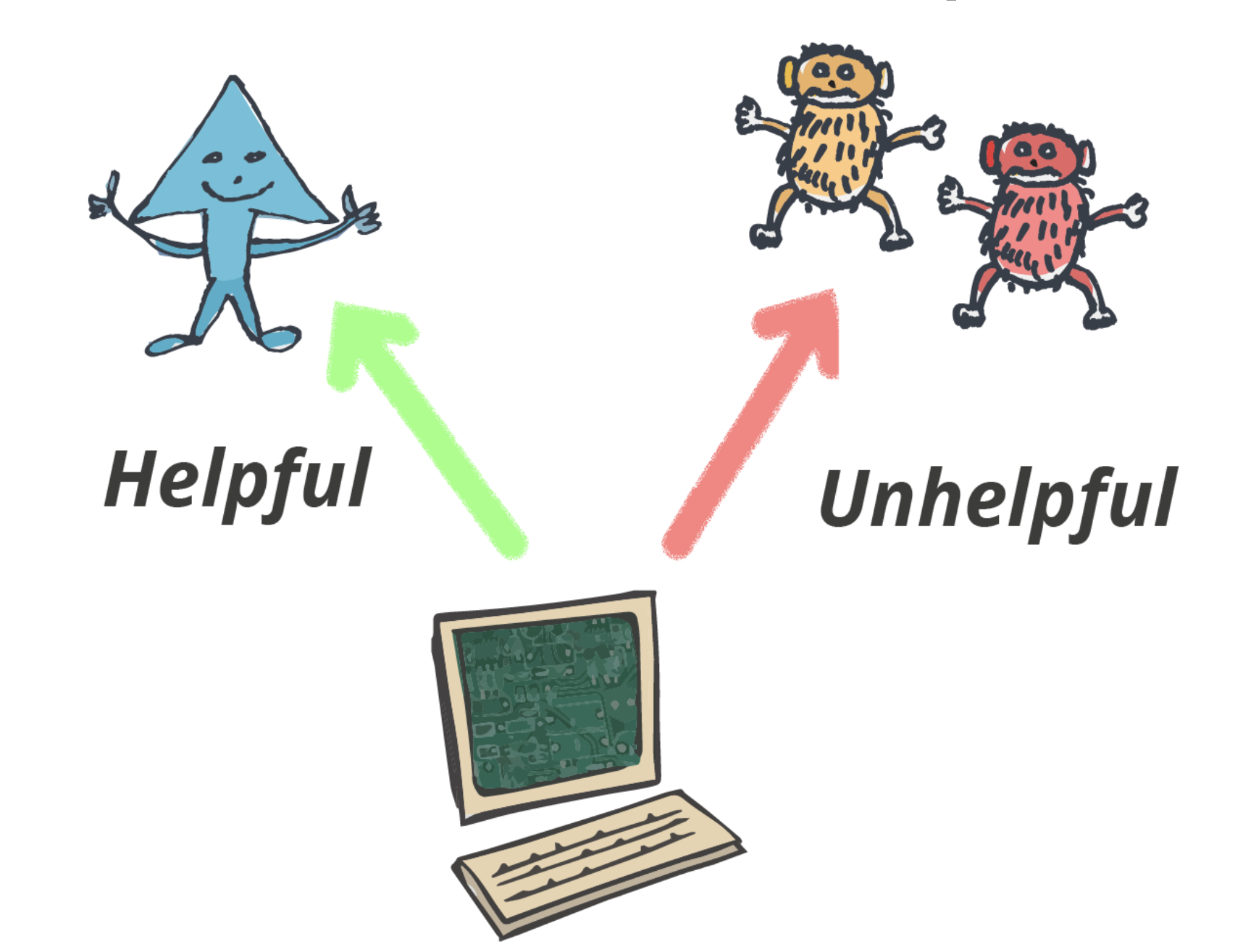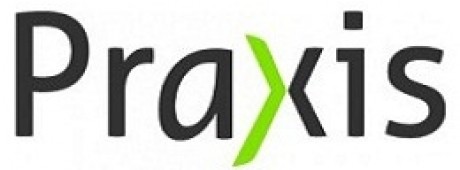Today more than ever, cutting through the noise and effectively reaching and engaging with key audiences requires an integrated approach. As a leading Indonesia PR agency in Jakarta, we believe that PR strategies that encompass traditional media, owned media, and social media backed up by paid amplification are the most effective approach to meet the challenge of engaging with Indonesian audiences who consume content across different mediums. Working across media platforms and creating an integrated PR strategy creates a comprehensive communication approach that can truly engage audiences.
Why traditional media still matters: establishing trust, credibility, and reach
Traditional media, from news outlets to magazines to radio and television, remains the cornerstone of effective PR. Traditional media offers unparalleled credibility due to long-standing and established reputations for trust backed up by rigorous editorial standards. When a business or organization secures coverage in traditional media, it not only reaches a broad and diverse audience but also gains a level of trust and legitimacy that is difficult to achieve through other means.
Traditional media also has an extensive reach. News outlets, magazines, TV networks, and radio stations can broadcast a message to a large audience, ensuring that key information about products, services, or corporate initiatives is disseminated widely. This broad reach is particularly valuable for launching new products, managing crises, or making significant announcements. Crucially however to get coverage in traditional media there needs to be a compelling news angle or story - what's new and why does it matter? The importance of a business being able to articulate this or provide commentary on current trends is vital to gaining traditional media coverage.
Owning your voice through owned media: the power of digital content
Owned media encompasses the content that a business or organization creates and controls, such as websites, blogs, videos, newsletters, and podcasts. This media type allows for complete control over the messaging, tone, and timing, with the ability to bring the brand to the forefront, maintain consistency, and deliver a coherent and controlled narrative.
Through owned media, organizations can provide detailed information and insights that might not be covered in traditional media. For instance, a company blog can delve into the technical specifications of a new product, share behind-the-scenes stories, or offer thought leadership on industry trends. This type of in-depth content builds a loyal audience and offers deeper engagement with the business and the brand.
Moreover, owned media is an essential tool for SEO (Search Engine Optimization). Regularly updated blogs and well-maintained websites improve search engine rankings, making it easier for potential customers and stakeholders to find relevant information about the business online. In a world that is now digital first, this is more important than ever.
Connecting with audiences through social media: public engagement and real-time interaction
Social media platforms such as Instagram, TikTok, Facebook, X (formerly Twitter) and LinkedIn, have revolutionized how organizations can communicate with their audiences. These platforms offer a unique blend of immediacy, interactivity, and personalization, making them indispensable in modern PR strategies.
Social media allows organizations to engage directly with their audiences, creating a two-way communication channel. This engagement can take many forms, from responding to customer inquiries and feedback to participating in industry conversations and trending topics. The immediacy of social media also makes it an effective tool for real-time updates and crisis management, enabling organizations to quickly address issues and communicate transparently with their stakeholders.
Additionally, social media's targeting capabilities allow for highly specific audience segmentation. Organizations can tailor their messages to different demographic groups, geographic locations, and interest areas, ensuring that the right people receive the right messages at the right time. This is particularly true with paid amplification and sponsored posts.
The power of integrating all three
The real power of an integrated PR strategy lies in the synergy between traditional media, owned media, and social media. By leveraging the strengths of each, organizations can create a comprehensive and cohesive communication strategy that maximizes impact.
For example, a new product launch can be introduced through a major news outlet (traditional media) to build credibility and reach a broad audience. Simultaneously, detailed information about the product can be shared on the company’s website and blog (owned media) to provide additional context and insights. Social media can then be used to engage with the audience, answer questions, and create engagement around the launch.
This integrated approach ensures that the message is consistent across all channels, enhancing its credibility and reinforcing key points through repetition and varied formats. It also allows organizations to reach different segments of their audience through their preferred channels, increasing the overall effectiveness of the communication effort. This all drives meaningful results in a world where content is consumed in different ways and getting your voice heard amongst competing voices means businesses and brands need to think broader in this new era.












